New Hampshire, a state known for its scenic beauty and abundant lakes, may not immediately come to mind when thinking of snake habitats. With cooler climates compared to southern states, New Hampshire harbors fewer species of snakes. However, the state’s lakes and rivers are home to a vital species, the Northern Water Snake (Nerodia Sipedon), which plays a crucial role in maintaining a healthy ecosystem.
Let’s explore some of New Hampshire’s most snake-populated lakes and why these snakes are nothing to fear.
Understanding New Hampshire’s Snake Population
This Article Includes [hide]
- 1 Understanding New Hampshire’s Snake Population
- 2 1. Squam Lake: A Tranquil Habitat for Snakes and Wildlife
- 3 2. Lake Winnipesaukee: New Hampshire’s Largest Snake Habitat
- 4 3. Ossipee Lake: A Snake Haven with Minimal Human Interference
- 5 4. Massabesic Lake: Where Snakes and City Life Coexist
- 6 5. Piscataqua River and Great Bay: A Unique Estuarine Habitat
- 7 Why Snakes Are a Sign of a Thriving Ecosystem
- 8 How to Safely Observe Snakes in New Hampshire
- 9 FAQ: Snake Habitats in New Hampshire Lakes
- 9.1 1. How many snake species are found in New Hampshire?
- 9.2 2. Are any of the snakes in New Hampshire dangerous to humans?
- 9.3 3. Where can the Northern Water Snake be found in New Hampshire?
- 9.4 4. Does the Northern Water Snake pose a threat to humans?
- 9.5 5. What animals does the Northern Water Snake prey on?
- 9.6 6. Can the Timber Rattlesnake be found near Squam Lake?
- 9.7 7. Are any other snake species found near the Piscataqua River or Great Bay?
- 9.8 8. Is it safe to swim in New Hampshire lakes with snakes?
- 10 Conclusion
New Hampshire is home to 11 native snake species. While some, like the garter snake, are common and found throughout the state, others, such as the timber rattlesnake, are rare and now receive state protection. Five of these species—including the timber rattlesnake, eastern hognose snake, northern black racer, smooth green snake, and ribbon snake—were identified as high-priority for conservation in New Hampshire’s 2005 Wildlife Action Plan.
Despite their presence, snakes remain poorly studied, with limited information on their distribution and life history. To address this, the New Hampshire Fish & Game Department runs the Reptile and Amphibian Reporting Program (RAARP), where sightings can be reported after proper species identification. To help with this, the department has compiled detailed information and photographs for all native snakes in the state.
Unlike southern states like Texas or Florida, where reptiles thrive in warmer temperatures, New Hampshire has a modest snake population, with only 11 species found within its borders. Among these, the only venomous snake is the Timber Rattlesnake, which is known for its mild disposition and rarity in biting humans. The more commonly encountered snake in New Hampshire’s lakes and rivers is the Northern Water Snake. These non-venomous species ( Source) thrive in semi-aquatic environments and contribute to the ecosystem by controlling pests and invasive species. (Source: WideLife.nh.gov)
1. Squam Lake: A Tranquil Habitat for Snakes and Wildlife
Location: Central New Hampshire, Lakes Region
Wildlife: Bald eagles, great blue herons, loons, lake trout
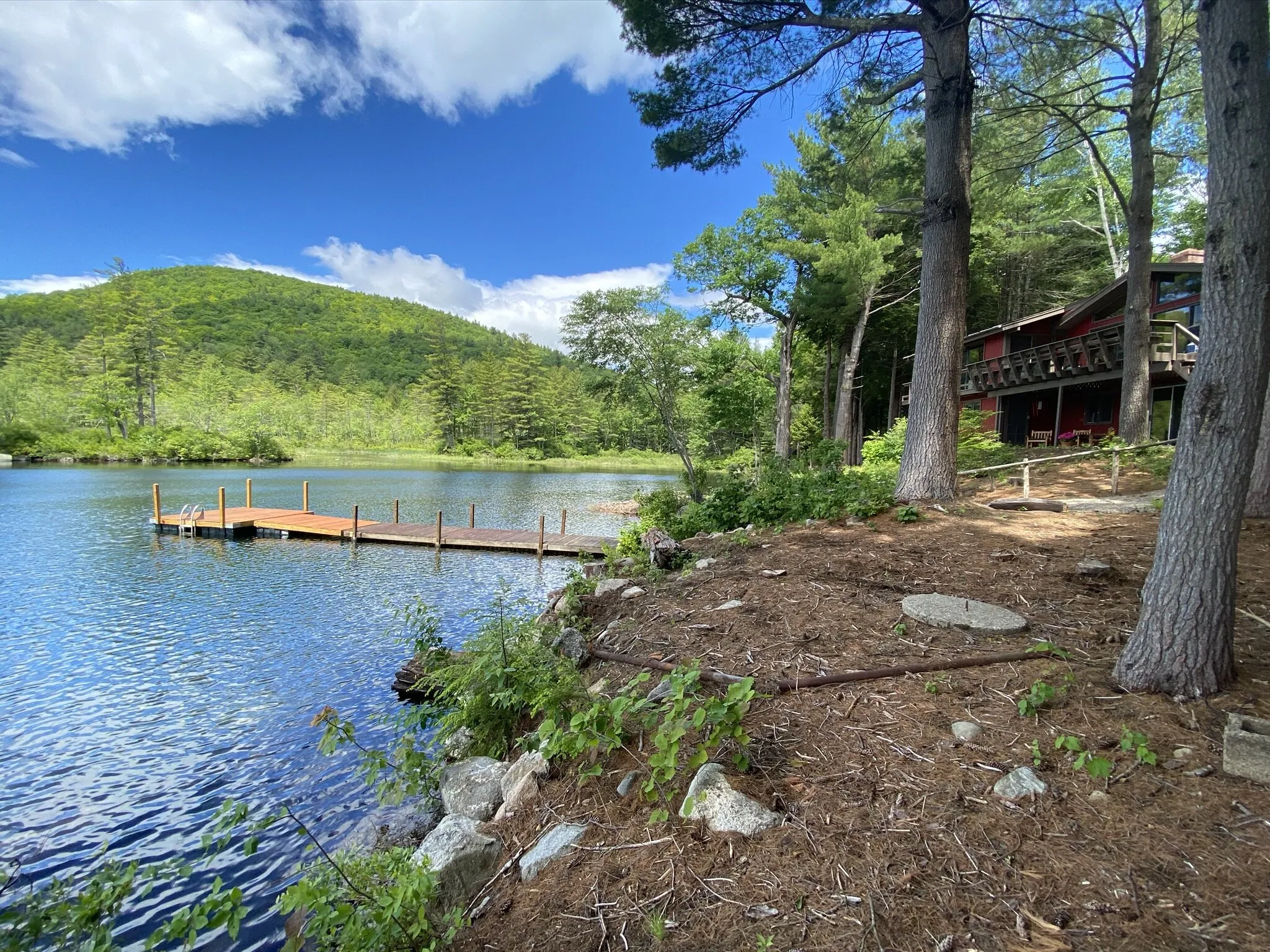
Squam Lake, known for its serenity, is the second-largest lake in New Hampshire. This peaceful fishing spot is home to a variety of wildlife, including the Northern Water Snake. These snakes are often seen along the water’s edge, hunting frogs, small fish, and occasionally birds. Visitors to Squam Lake can enjoy the beauty of the lake while knowing that the presence of water snakes is a sign of a healthy, balanced ecosystem.
Nearby, West Rattlesnake Mountain offers hiking opportunities, and while the Timber Rattlesnake has been spotted in the area, it poses little threat to humans due to its reclusive nature.
2. Lake Winnipesaukee: New Hampshire’s Largest Snake Habitat
Location: Central New Hampshire
Wildlife: Moose, birds, fish, reptiles
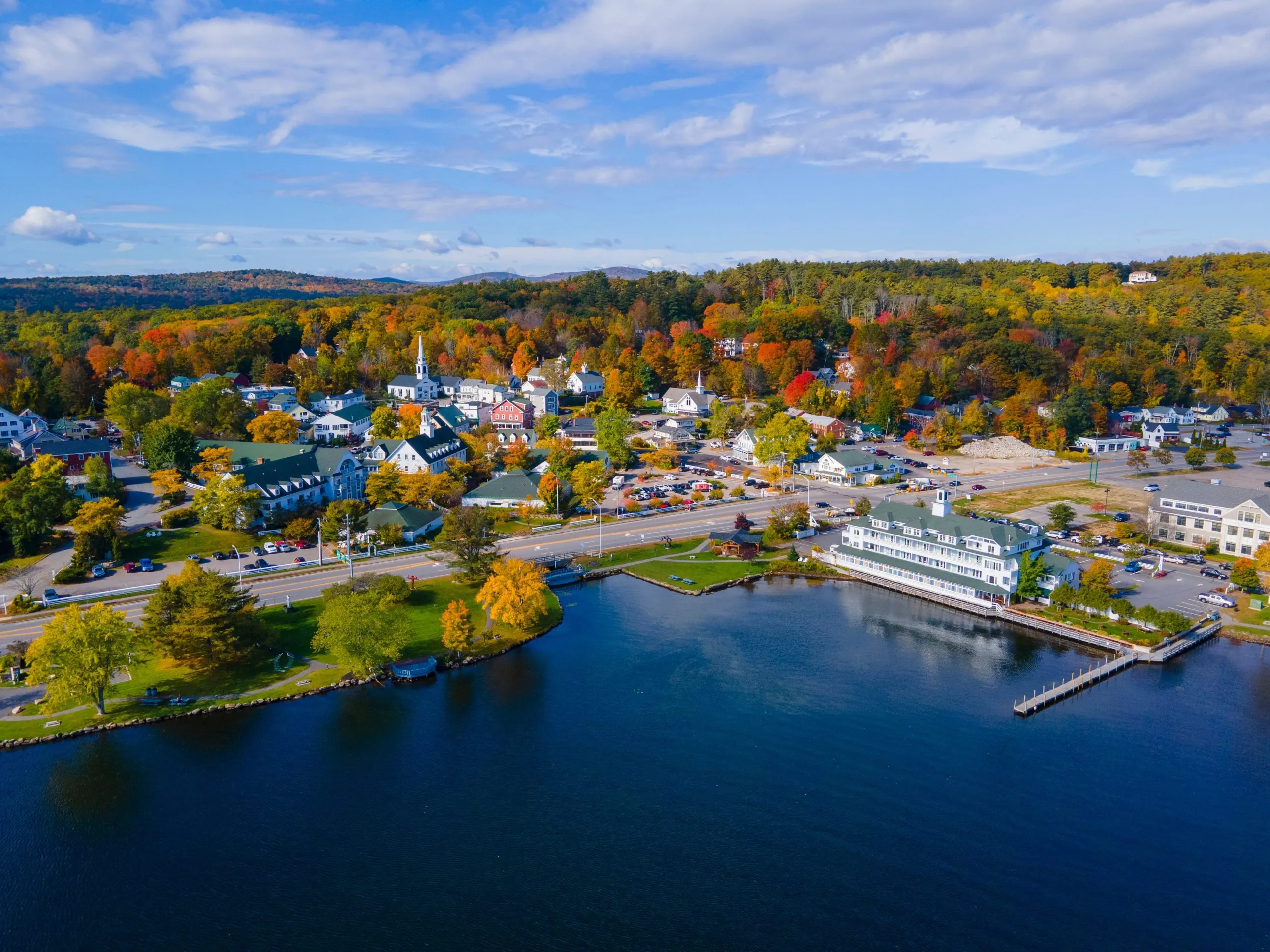
Lake Winnipesaukee, the largest and most popular lake in New Hampshire, is a prime habitat for the Northern Water Snake. With over 260 islands and an abundance of natural resources, the lake is an ideal hunting ground for these snakes. Tourists and locals alike may spot these snakes moving between islands, preying on small mammals, birds, and insects. Although Lake Winnipesaukee is bustling with human activity, the snakes here contribute to maintaining a balanced ecosystem.
3. Ossipee Lake: A Snake Haven with Minimal Human Interference
Location: Northeast of Lake Winnipesaukee
Recreation: Camping, fishing, hiking
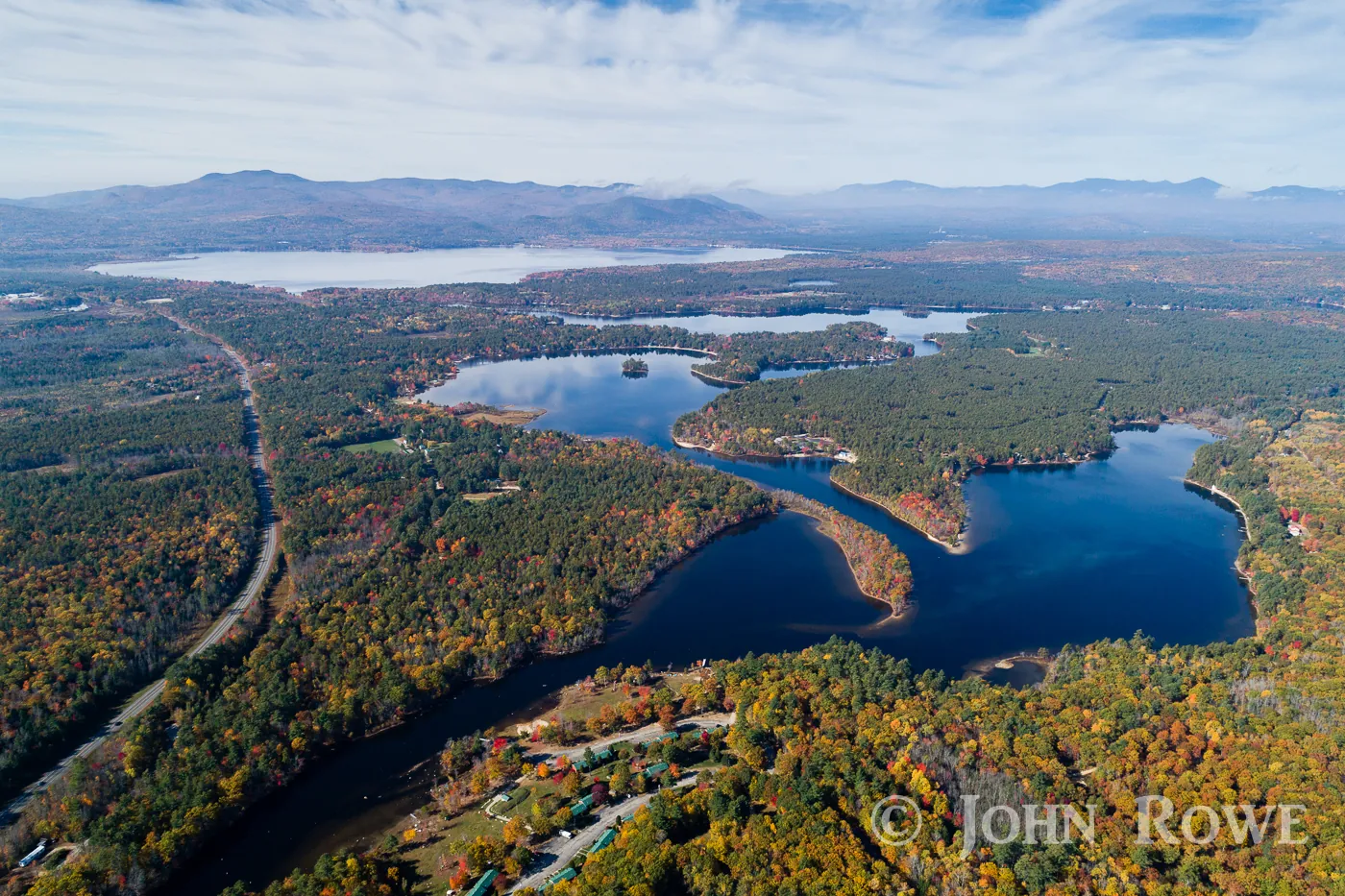
Ossipee Lake’s relatively undisturbed environment makes it a perfect habitat for the Northern Water Snake. With few towns along its shores, the lake offers snakes a safe hunting ground. The snakes are often spotted along the shores, basking in the sun or swimming in search of prey. The lack of urban development around Ossipee Lake allows these snakes to thrive with minimal disruption from human activity.
4. Massabesic Lake: Where Snakes and City Life Coexist
Location: Eastern Manchester, New Hampshire
Activities: Kayaking, sailing, hiking (swimming prohibited)
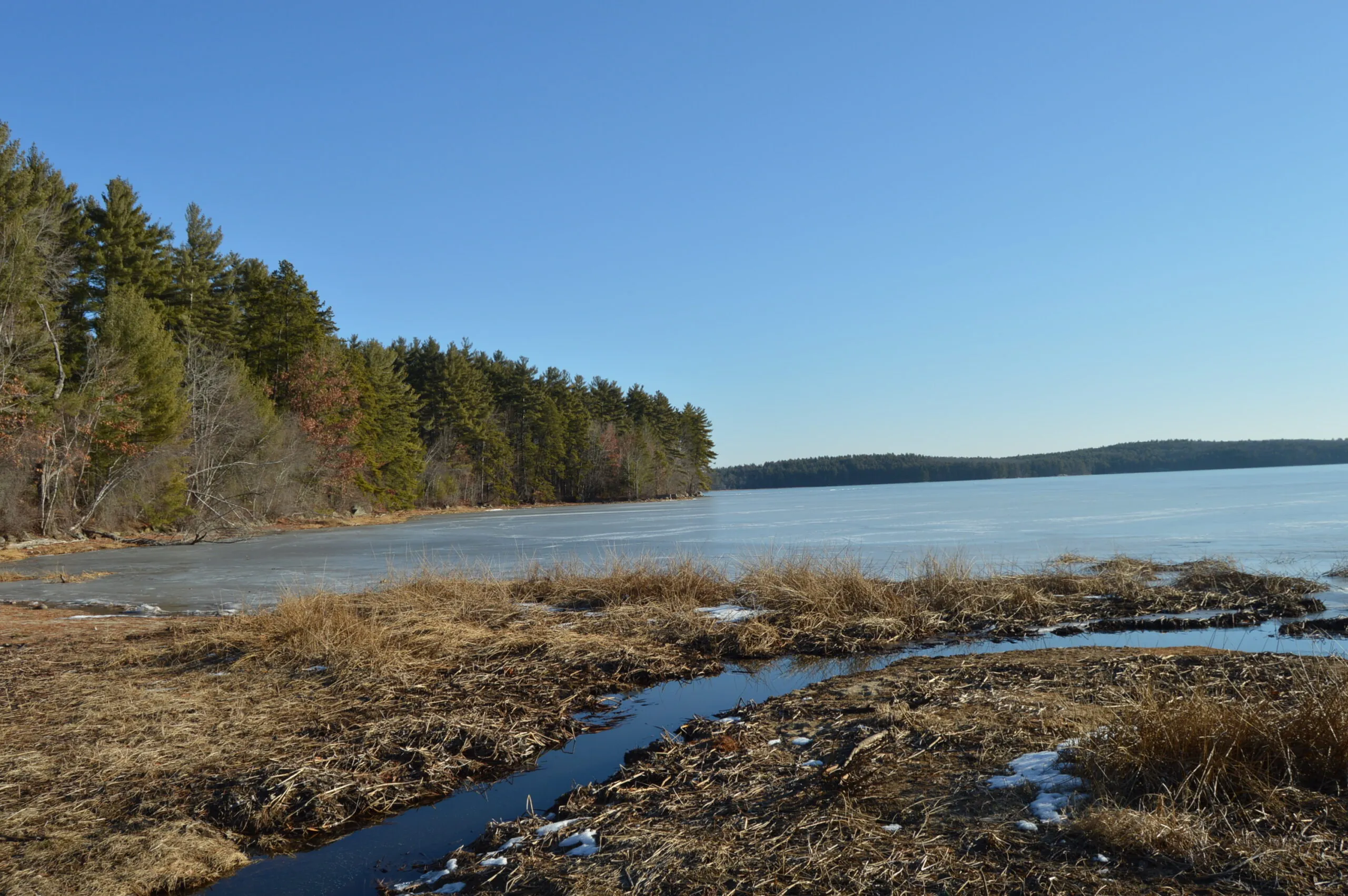
Massabesic Lake, despite being close to Manchester, is home to a healthy population of Northern Water Snakes. The lake provides drinking water for the city, and while swimming is prohibited, visitors can enjoy kayaking, hiking, and sailing along its shores. These snakes are an essential part of the ecosystem, helping to control the population of small fish, amphibians, and other prey species. Their presence is a clear indicator of the lake’s ecological health.
5. Piscataqua River and Great Bay: A Unique Estuarine Habitat
Location: Portsmouth and Newmarket, New Hampshire
Wildlife: Eastern hognose snake, aquatic birds, fish
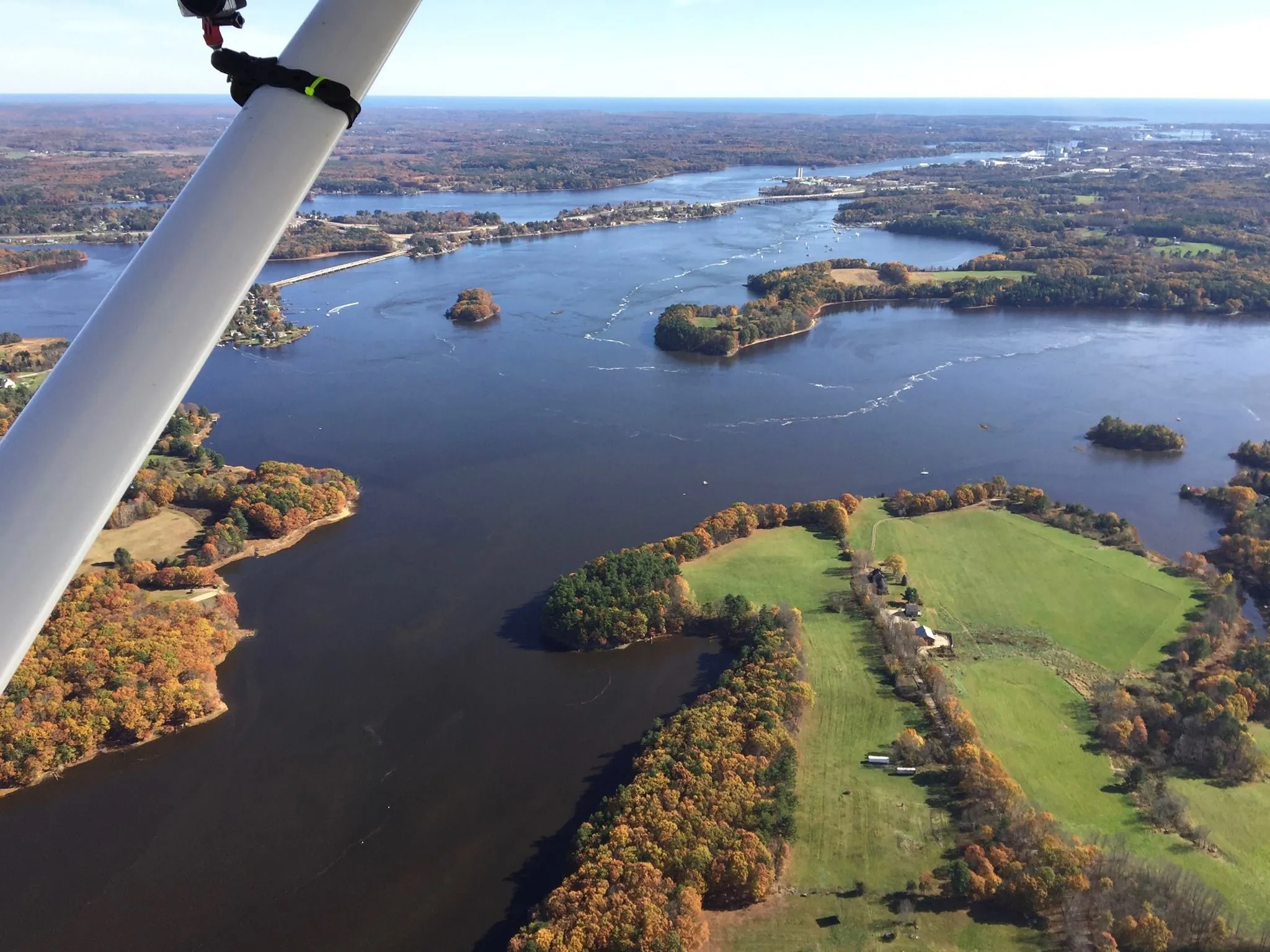
The Piscataqua River flows into the Great Bay Estuary, creating a mix of saltwater and freshwater habitats that are home to the Eastern Hognose Snake. Although venomous, the Eastern Hognose’s venom is harmless to humans, and they primarily prey on amphibians. In this region, Northern Water Snakes have been observed along the western shores of the estuary, contributing to the rich biodiversity of the area.
| Lake/Region | Location | Wildlife/Key Features | Snake Species | Notable Information |
|---|---|---|---|---|
| Squam Lake | Central New Hampshire (Lakes Region) | Bald eagles, great blue herons, loons, largemouth bass, landlocked salmon, lake trout | Northern Water Snake, Timber Rattlesnake | Known for peaceful fishing spots, home to Northern Water Snakes hunting near the water’s edge, West Rattlesnake Mountain nearby. |
| Lake Winnipesaukee | Central New Hampshire | Moose, birds, fish, reptiles, 260+ islands, popular tourist destination | Northern Water Snake | Largest lake in New Hampshire with an abundance of wildlife, snakes move between islands hunting small animals and birds. |
| Ossipee Lake | Northeast of Lake Winnipesaukee | Minimal human interference, campgrounds, rental cottages, RV parks | Northern Water Snake | Undisturbed environment perfect for snake habitat, little urban development, making it ideal for snake populations to thrive. |
| Massabesic Lake | Eastern border of Manchester | Fishing, kayaking, hiking trails (no swimming due to drinking water supply), scenic views of the city | Northern Water Snake | Snakes thrive despite proximity to the city, presence of snakes indicates a healthy lake ecosystem. |
| Piscataqua River/Great Bay | Portsmouth and Newmarket | Eastern Hognose Snake, aquatic birds, fish, Great Bay National Estuarine Research Reserve | Eastern Hognose Snake, Northern Water Snake | The estuarine environment offers a unique mix of salt and freshwater habitats, Eastern Hognose Snake is venomous but harmless to humans. |
Why Snakes Are a Sign of a Thriving Ecosystem
While snakes may evoke fear for some, their presence in New Hampshire’s lakes is a positive sign for the environment. Predatory snakes, especially the Northern Water Snake, play a crucial role in controlling invasive species and maintaining the balance of native ecosystems. The term “infestation” may sound alarming, but these snakes are not a danger to humans and are vital for the health of New Hampshire’s waterways.
How to Safely Observe Snakes in New Hampshire
For those interested in spotting snakes in the wild, it’s important to follow a few safety tips:
- Keep a safe distance: While Northern Water Snakes are non-venomous, it’s best to observe them from afar.
- Don’t provoke: Like most wildlife, snakes will only act defensively if they feel threatened.
- Respect their habitat: Avoid disrupting the natural environment, as snakes are vital to the health of local ecosystems.
Read More:
FAQ: Snake Habitats in New Hampshire Lakes
1. How many snake species are found in New Hampshire?
New Hampshire has 11 snake species, significantly fewer than warmer states like Texas or Florida.
2. Are any of the snakes in New Hampshire dangerous to humans?
Almost all of New Hampshire’s snakes are harmless. The only venomous species is the Timber Rattlesnake, but bites are rare, and it has a mild disposition.
3. Where can the Northern Water Snake be found in New Hampshire?
The Northern Water Snake (Nerodia Sipedon) can be found in semi-aquatic habitats near lakes, rivers, and marshes in central New Hampshire, particularly in Squam Lake, Lake Winnipesaukee, Ossipee Lake, Massabesic Lake, and the Piscataqua River/Great Bay.
4. Does the Northern Water Snake pose a threat to humans?
No, the Northern Water Snake is not dangerous to humans. It plays an important role in the ecosystem by controlling invasive species populations.
5. What animals does the Northern Water Snake prey on?
Northern Water Snakes hunt for frogs, tadpoles, small fish, turtles, and even small birds along the water’s edge.
6. Can the Timber Rattlesnake be found near Squam Lake?
Though not confirmed, the proximity of Squam Lake to West Rattlesnake Mountain suggests that Timber Rattlesnakes might also reside in the area.
7. Are any other snake species found near the Piscataqua River or Great Bay?
Yes, the Eastern Hognose Snake can be found in the Piscataqua River and Great Bay area. It is venomous. but harmless to humans (Wikipedia)
8. Is it safe to swim in New Hampshire lakes with snakes?
Yes, swimming is safe, as most lakes with snakes pose no threat to humans. For example, swimming is prohibited in Massabesic Lake due to it being a drinking water source, not because of snake populations.
Conclusion
New Hampshire’s lakes and rivers may be home to several species of snakes, but their presence is not something to fear. Snakes like the Northern Water Snake are indicators of a thriving ecosystem, keeping pests and invasive species in check. Whether you’re visiting the serene Squam Lake or exploring the bustling shores of Lake Winnipesaukee, the snakes you encounter are part of the natural beauty of New Hampshire. So, the next time you spot one, appreciate the important role they play in preserving the balance of nature.

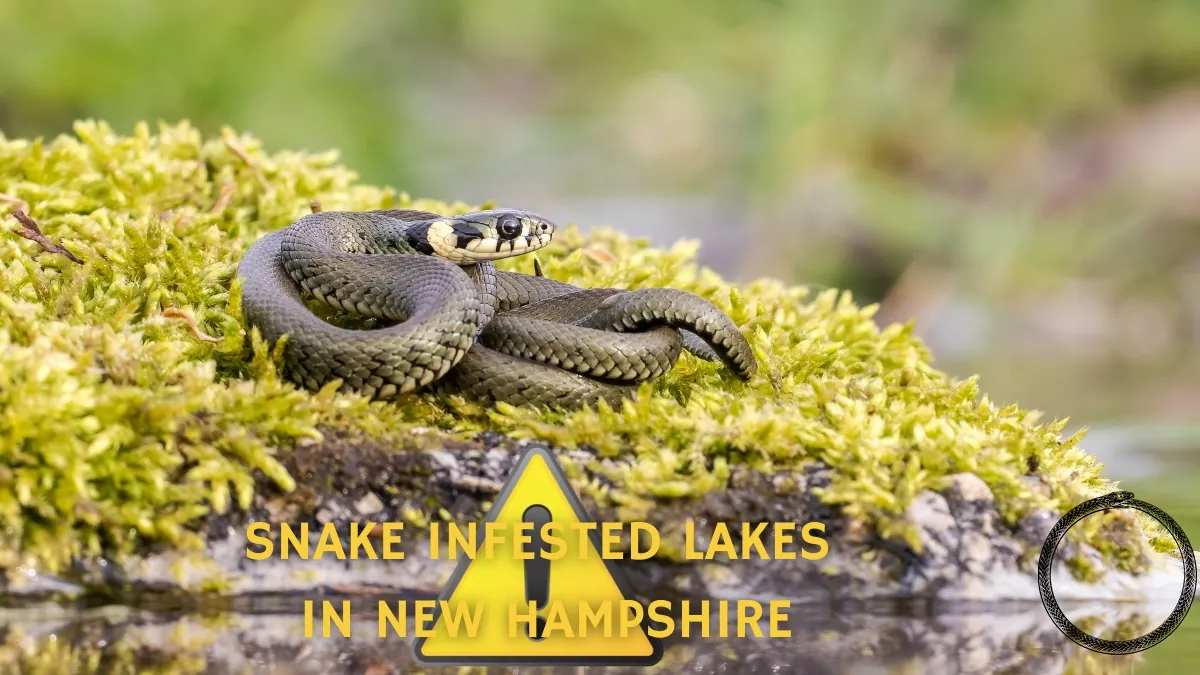
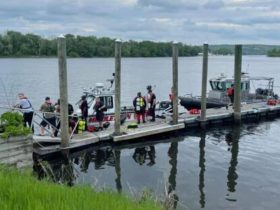








Leave a Reply